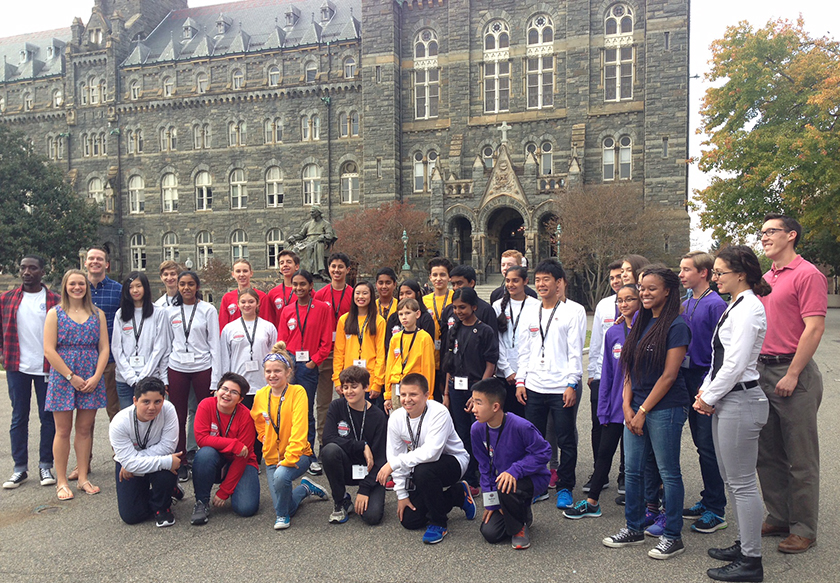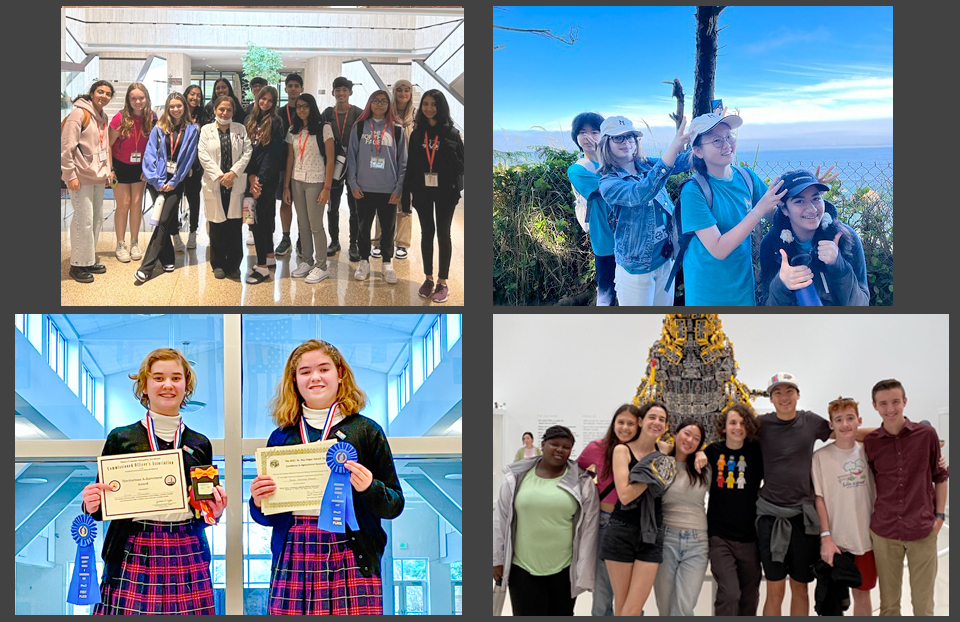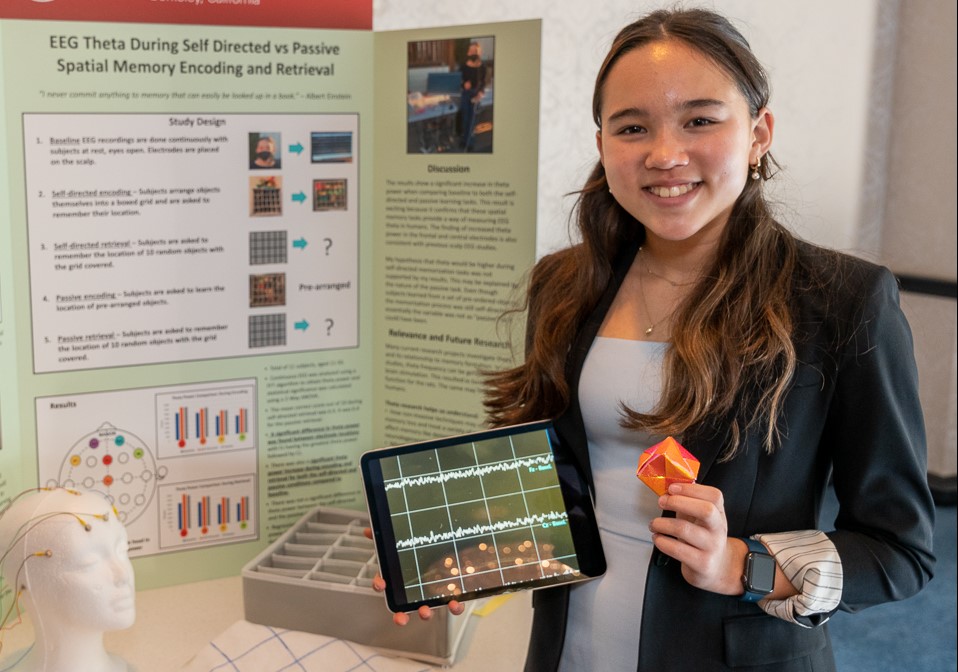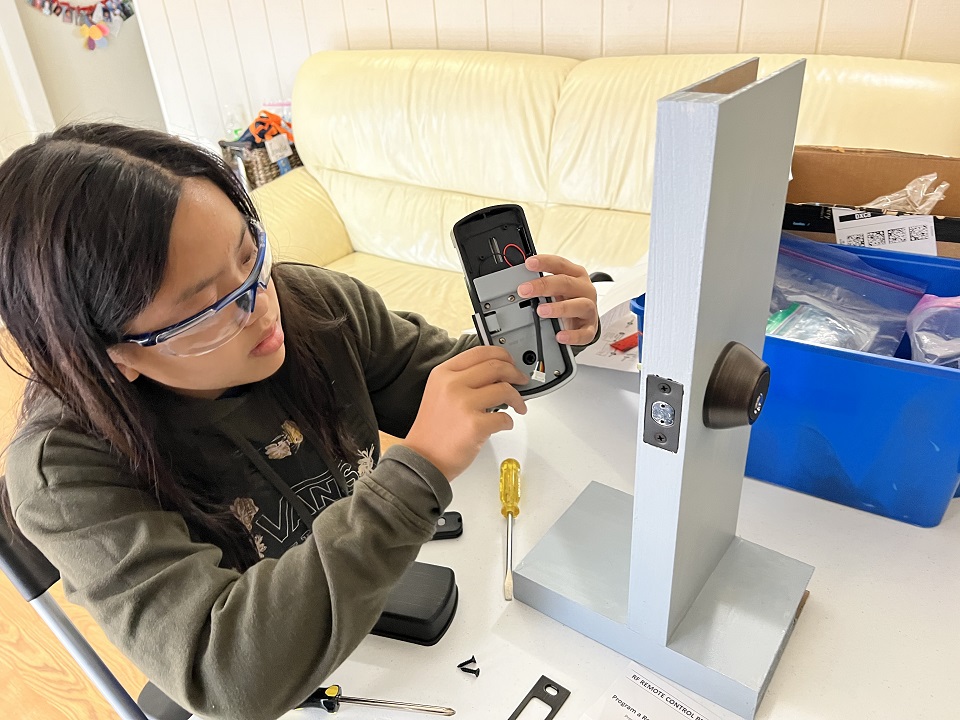Designing brains for space and nutritional games

Middle school students don’t always get to tour and meet medical students at a top medical university. But that’s how the 2016 Broadcom MASTERS finalists got to spend their Sunday at the Georgetown University Medical School.
First-year medical students gave the finalists a tour of the Georgetown University campus and the medical school. During the tour and over lunch, the medical students and finalists got to know each other and shared their interests and hobbies.
The Georgetown students even offered advice to the finalists who expressed an interest in medicine, like continuing to do exactly what they’re doing, staying involved in science fairs and STEM opportunities.
After sharing lunch and advice, the finalists participated in another set of team challenges called “Nutrition is the Name of the Game,” “Build a Brain,” and “Stranger Things,” based on the popular Netflix show.
“I loved the team challenges and the special tour of Georgetown,” Maya Chandar said. Several finalists raved about these challenges, agreeing that they were the best ones of the week so far.
For the “Stranger Things” challenge, finalists learned more about background radiation, which is everywhere, and dark matter. By creating a cloud chamber, the finalists could visualize particles cutting through vapor and leaving a trail — essentially, a trail of background radiation. The finalists designed a shield for their cloud chambers to reduce the amount of background radiation.
Finalists had to develop an educational game that could educate players on a good diet, the effects of poor diet on health, and the value of diet in the prevention and treatment of specific health conditions for the nutrition challenge. One requirement was that players would have to alter their diets due to changed circumstances or disease.
The finalists also designed a brain for long-distance space exploration in another challenge. Teams developed a hypothetical brain design for long-term space travel to other solar systems that could take 100 years to complete. They had to consider the environment of the space vessel, sensory-motor requirements, intelligence requirements for dealing with the complex task of piloting, maintaining, and adapting the vehicle to unexpected circumstances, and other factors.
Check back for more from the week!


